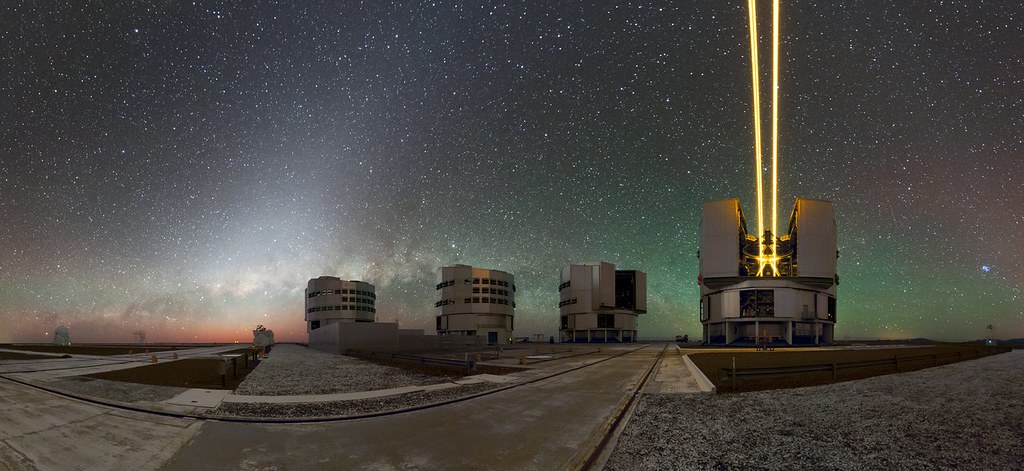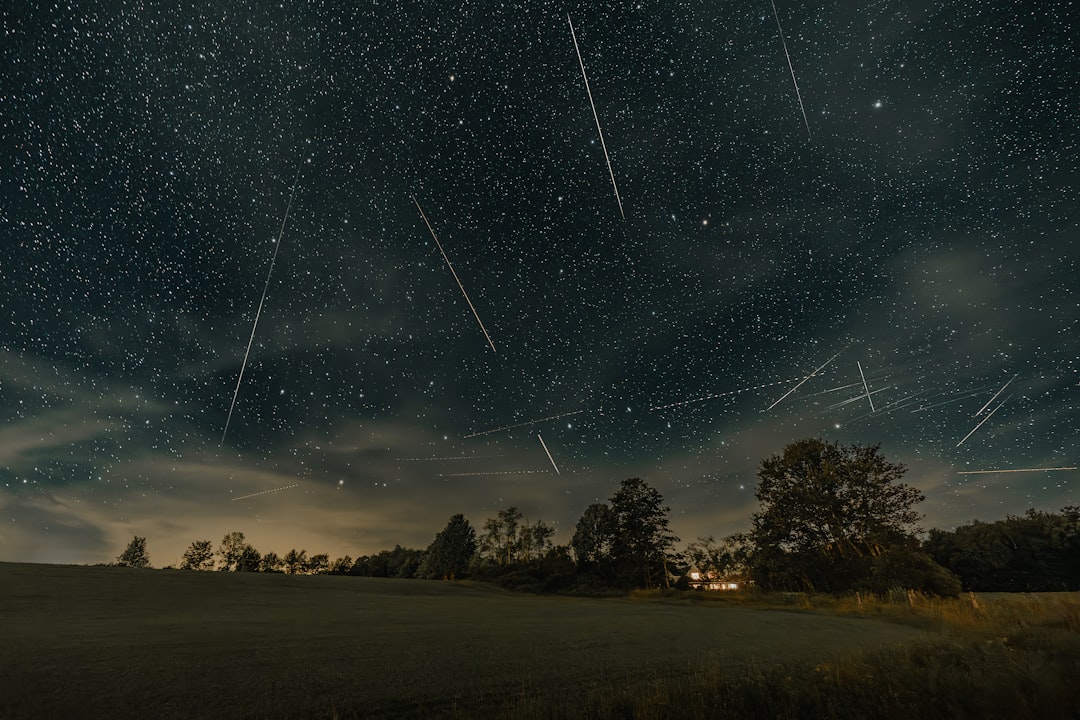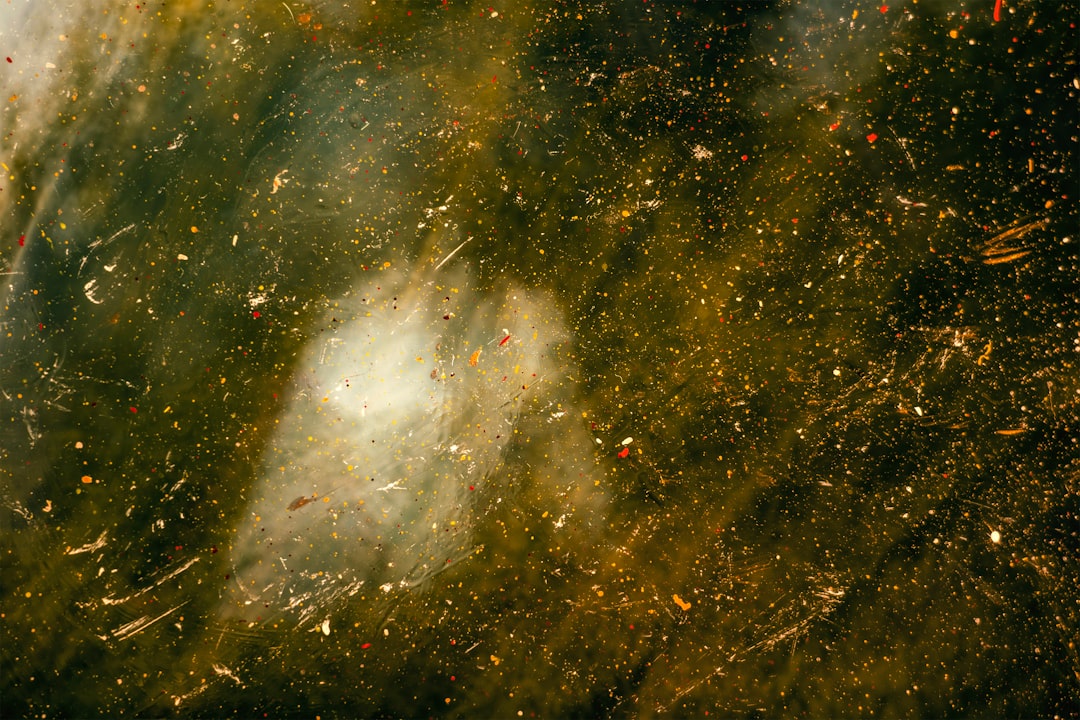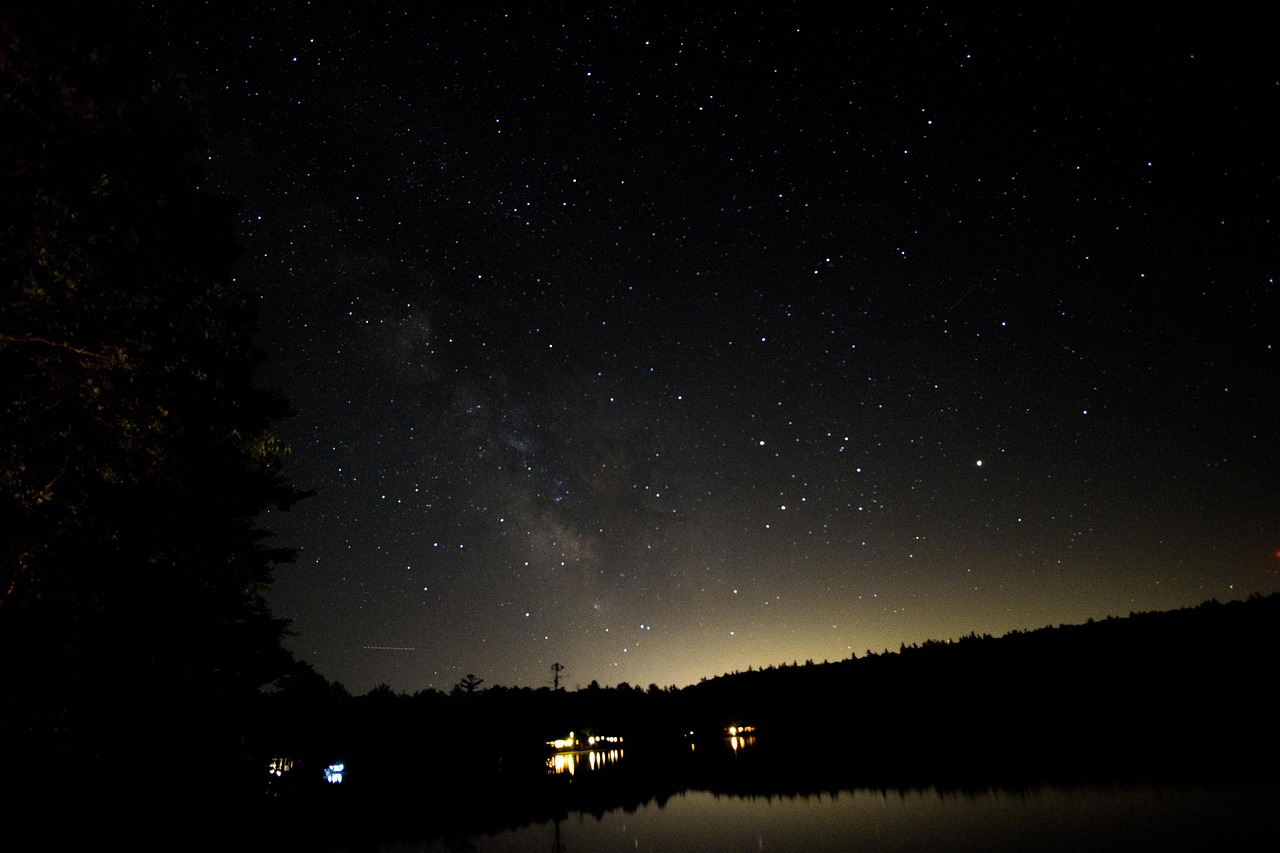Every moment of every day, tiny fragments from the deepest reaches of the cosmos are silently drifting down through Earth’s atmosphere and settling on surfaces all around you. These microscopic travelers have journeyed billions of miles across the solar system, some carrying materials older than our planet itself. Right now, as you read this, space dust is likely landing on your roof, your car, and possibly even on your clothes.
The idea that we’re constantly showered by extraterrestrial material might sound like science fiction, yet it’s a reality that scientists have been studying for decades. These cosmic particles tell remarkable stories about the birth of our solar system and continue to rain down on every corner of our planet at a surprising rate.
The Constant Cosmic Downpour

Every year, approximately 5,200 tons of interplanetary dust particles reach Earth’s surface. Think about that for a moment – that’s equivalent to the weight of nearly forty blue whales worth of space material settling onto our planet annually.
Roughly 20,000 particles of space dust land on each square meter of Earth’s surface every year. Whether you’re standing in downtown Manhattan or on a remote beach, these tiny cosmic visitors are finding their way to you. They are literally everywhere – on the streets, in your home, and you may even have some cosmic dust on your clothes.
What makes this discovery even more fascinating is that cosmic dust is the main source of extraterrestrial material on Earth, far exceeding the input from larger, more visible meteorites. While dramatic meteorite impacts capture headlines, the quiet accumulation of cosmic dust actually delivers far more space material to our planet.
What Exactly Is Space Dust

Cosmic dust, also called extraterrestrial dust, space dust, or star dust, consists of particles measuring between a few molecules and 0.1 mm. These minuscule fragments are so small that most require powerful microscopes to be properly observed.
Micrometeorites individually weigh between 10−9 and 10−4 g and collectively comprise most of the extraterrestrial material that has come to present-day Earth. Despite their tiny size, their collective impact is enormous. Thousands of tons of cosmic dust are estimated to reach Earth’s surface every year, with most grains having a mass between 10−16 kg and 10−4 kg.
The composition of these particles is equally intriguing. Cosmic dust contains some complex organic compounds that could be created naturally, and rapidly, by stars. Some of these particles have traveled across the galaxy for millions of years before finally settling on Earth.
Origins in the Depths of Space

Around eighty percent of this interplanetary dust originates from Jupiter family comets, which are cosmic snowballs of frozen gases, rock and dust primarily from the Kuiper Belt, just beyond the orbit of Neptune. These ancient remnants carry materials from the earliest days of our solar system.
The remaining space dust comes from asteroids – the small rocky bodies leftover from the formation of our solar system. Scientists have determined that micrometeorites are largely coming from primitive asteroids, similar to carbonaceous chondrites, which come from the most common type of asteroid – carbon-bearing “C-type” asteroids.
What’s remarkable is that cosmic dust floats here from space rocks hundreds of millions of miles away, bearing tiny messages. Each particle is essentially a time capsule, preserving information about conditions in space when our solar system was forming billions of years ago.
The Fiery Journey Through Our Atmosphere

Micrometeorites enter Earth’s atmosphere at high velocities of at least 11 km/s and undergo heating through atmospheric friction and compression. This cosmic speed translates to roughly 25,000 miles per hour – fast enough to circle the Earth in just under two hours.
The peak temperatures experienced by submillimeter particles rarely exceed 1700°C, with maximum temperature and mass loss generally occurring at altitudes between 85 and 90 km during approximately one second of peak heating, with a typical melted particle spending about two seconds at temperatures above the melting point.
As a result of friction during atmospheric entry, micrometeorites undergo partial melting and subsequently recrystallize during cooling. Their textures vary based on their original structural and mineral compositions, which are modified by the degree of heating they experience entering the atmosphere. Some particles survive relatively intact, while others transform into tiny glass spheres during their blazing descent.
Survival Against All Odds

The small size of these particles leads to relatively gentle deceleration in the upper atmosphere allowing some fragile and high velocity particles to survive atmospheric entry. This might seem counterintuitive – you’d expect smaller objects to burn up more easily.
Survival of all particles in the size range 70 μm to 1 mm is limited to those with minimal entry velocity, with virtually all particles larger than 70 μm that survive being asteroidal in origin. The particles that make it through this cosmic gauntlet represent only a fraction of what initially entered our atmosphere.
Much of the material that enters our atmosphere creates “smoke” particles that are blown off by rapid passage through air, creating a layer of dust 90-100 km above the ground, with even particles that fall to the ground often being too small to count in surveys. This invisible layer of space dust constantly surrounds our planet.
Hidden in Plain Sight on Your Rooftop

Because cosmic particles have been largely collected from roofs on commercial buildings whose gutters are cleaned every 3-5 years, scientists know these particles have landed on Earth within the last 5 years. Your rooftop serves as a natural collection plate for these cosmic visitors.
Scientists estimate that you can expect one micrometeorite per year for every square meter of rooftop space. It is possible to find the most exotic, small rocks in the entire universe in your roof’s rain gutter. This means that the humble gutters of ordinary buildings contain some of the oldest matter in our solar system.
These space particles are typically highly magnetic, so if you place a strong magnet in your rain gutter, it will passively collect any magnetic particles that run over it. Amateur collectors have successfully used this simple technique to build their own cosmic dust collections, turning everyday rooftops into cosmic research stations.
The Urban Space Dust Revolution

Scientists combed through 660 pounds of gunk collected from gutters in Oslo, Paris and Berlin, finding 500 particles of cosmic dust. This groundbreaking research overturned the long-held belief that cosmic dust could only be found in pristine environments like Antarctica.
Amateur scientist Jon Larsen collected urban dust and debris from cities around the world for six years, sifting through hundreds of pounds of dust and looking at 40,000 bits through a microscope. His dedication paid off when he made the first confirmed discovery of cosmic dust in urban environments.
Separating cosmic particles from plain old gutter dirt required researchers to use an important trait found in these space particles – they contain minerals that make them magnetic, allowing them to be separated under a microscope. This breakthrough proved that space dust doesn’t just exist in remote locations – it’s literally falling on every city on Earth.
Collecting Your Own Piece of the Cosmos

Just putting a magnet in your rain gutter will net you a few tiny meteorite samples for free. You can select a piece of roof for your collection area, identify the gutter and downspout that collect its runoff, and attach a strong neodymium magnet to the bottom of the downspout.
Every few months, clean off your magnet and collect anything that sticks to it, then use a microscope or powerful magnifying glass to separate the meteorites from the dirt and dust. The process requires patience, but the reward is extraordinary – you’re literally holding pieces of asteroids and comets in your hands.
Each square meter of surface is hit by 1-2 micrometeorites per year, though you’ll likely gather far more magnetic fly ash than micrometeorites, particularly in urban areas. The challenge lies in distinguishing genuine space particles from terrestrial contaminants, but the effort connects you directly to the cosmos.
Scientific Treasures from Everyday Locations

These urban particles are very similar to cosmic dust from deep sea sediments, with the main difference being that urban particles are very young – particles found on seabeds are up to 50,000 years old. Urban rooftop dust represents a sample of what’s landing on Earth practically today.
The dust grains found in urban gutters were larger than those typically found in Antarctica – measuring approximately 0.3 millimeters compared to the customary average of 0.01 millimeters, with fewer feather-like crystals. These differences provide valuable insights into how cosmic dust has changed over different time periods.
Scientists have identified hundreds of particles that fell from space and have origins dating back to the birth of the solar system. Each particle represents a scientific treasure trove, carrying information about conditions in deep space when our planet was still forming.
The Invisible Influence on Our Planet

This information helps scientists understand the role that interplanetary dust played in supplying water and carbonaceous molecules to a young Earth early in our planet’s formation history. The origins of life may have something to do with cosmic dust, because it delivered most of the intact amino acids and organic molecules to Earth.
Understanding cosmic dust could help us better constrain its role in delivering water molecules and carbon to Earth in the early days of the Solar System, providing pieces of the puzzle that is the emergence of life itself. These tiny particles may have been crucial ingredients in the recipe for life on our planet.
Space dust has fallen on our planet throughout Earth’s entire history, and it has also fallen on Mars and Venus. This cosmic rain connects all the planets in our solar system, creating a shared experience across the cosmos.
The next time you step outside, remember that you’re participating in an ancient cosmic dance. Space dust is settling on your shoulders, your car, and your home, connecting you directly to the far reaches of the universe. These microscopic messengers from deep space continue their billion-year journey, finally coming to rest in the most ordinary places, transforming gutters and rooftops into cosmic archives.
What fascinates you more – that pieces of ancient comets and asteroids are literally , or that you can collect them yourself with nothing more than a magnet and some patience? The universe is delivering its secrets right to your doorstep.

Jan loves Wildlife and Animals and is one of the founders of Animals Around The Globe. He holds an MSc in Finance & Economics and is a passionate PADI Open Water Diver. His favorite animals are Mountain Gorillas, Tigers, and Great White Sharks. He lived in South Africa, Germany, the USA, Ireland, Italy, China, and Australia. Before AATG, Jan worked for Google, Axel Springer, BMW and others.



